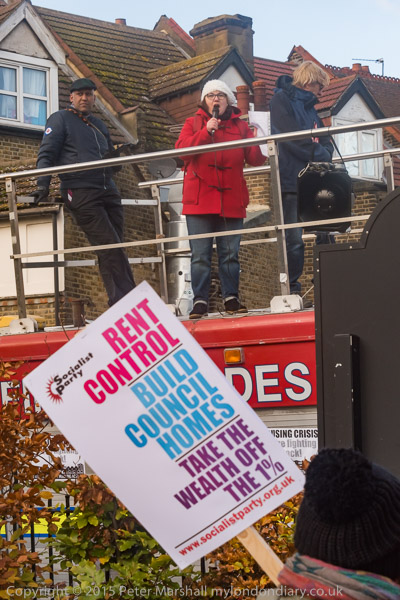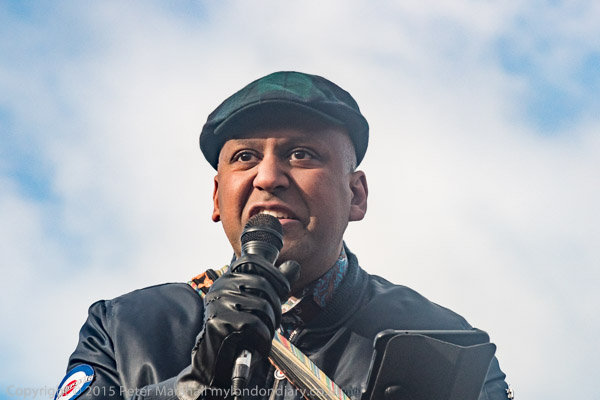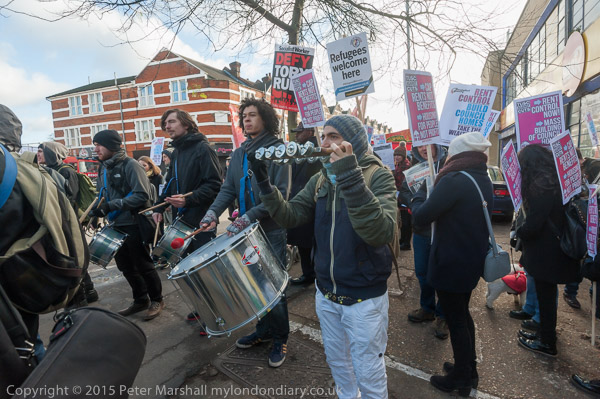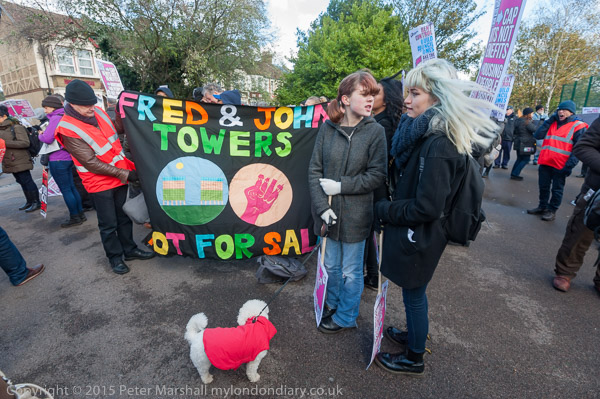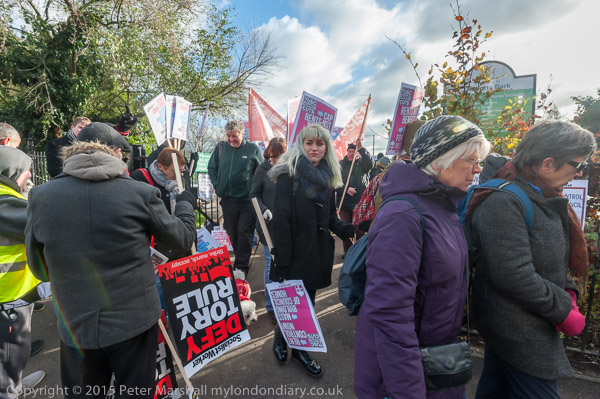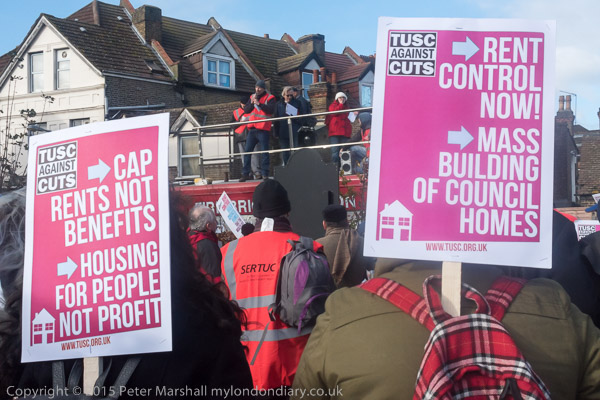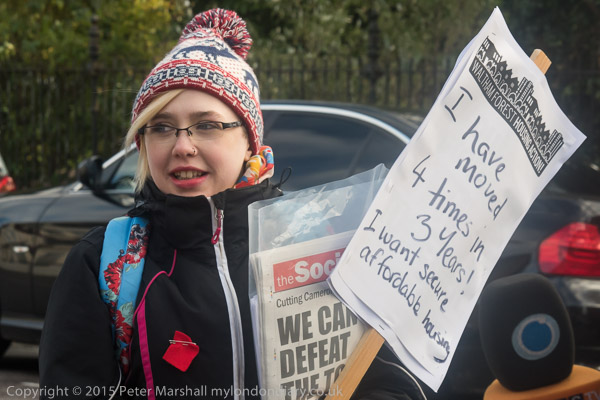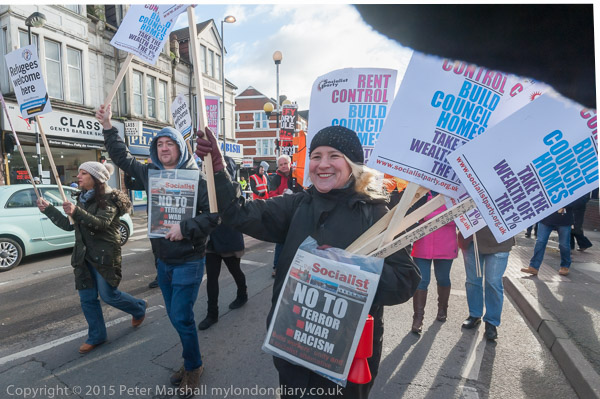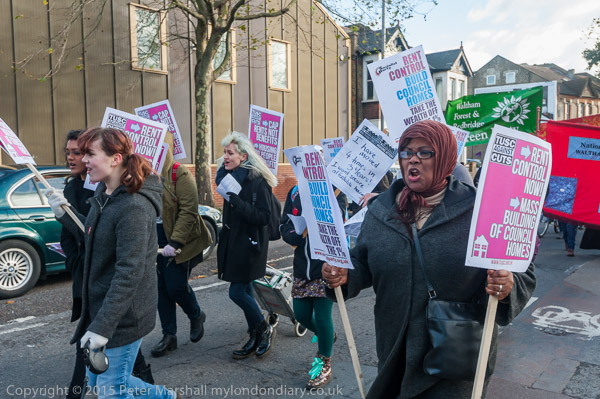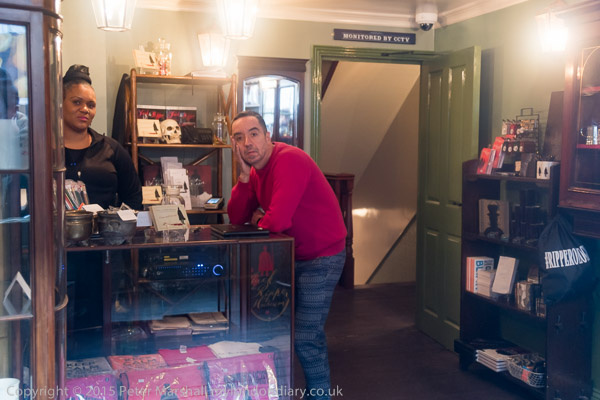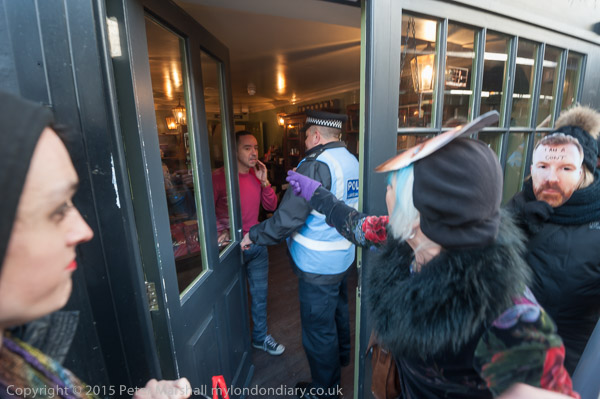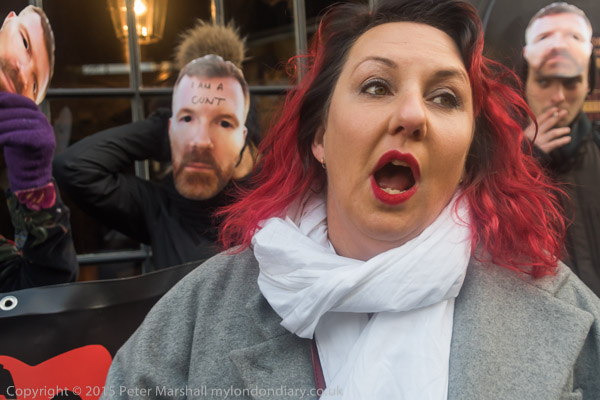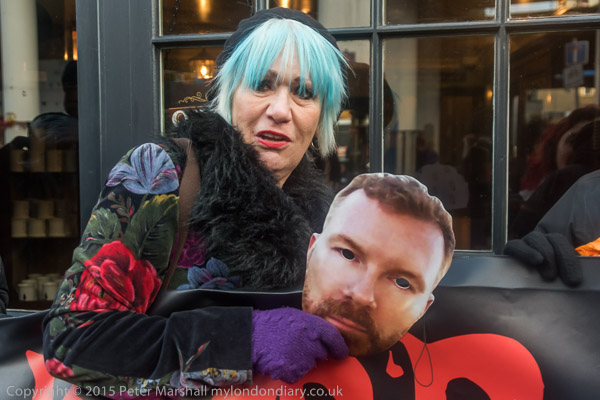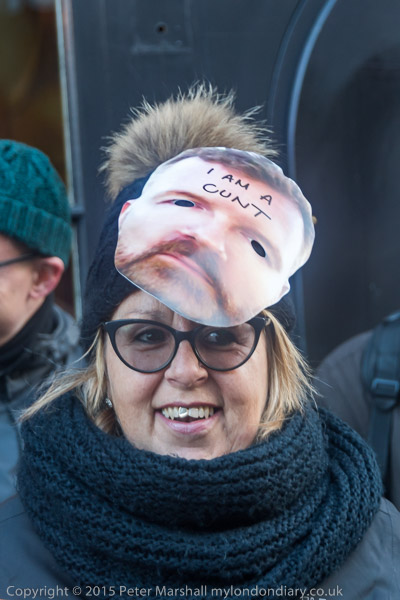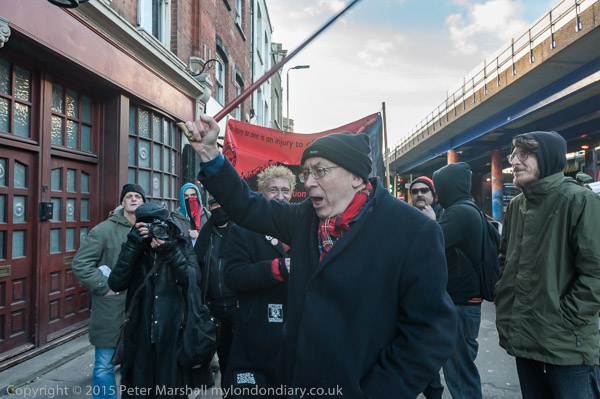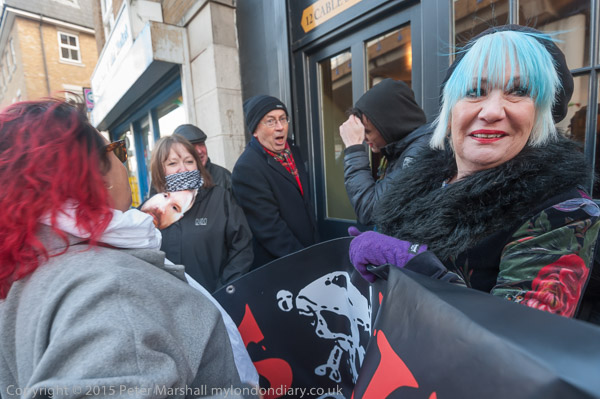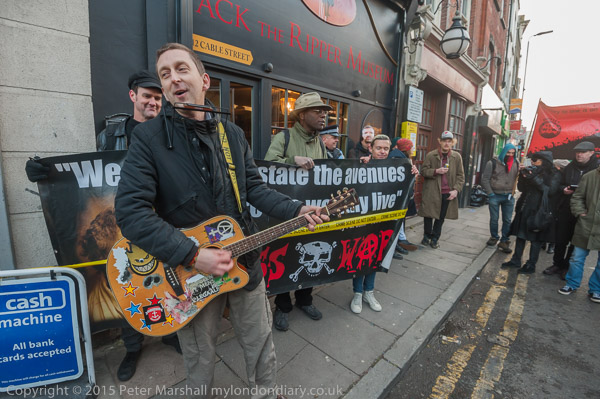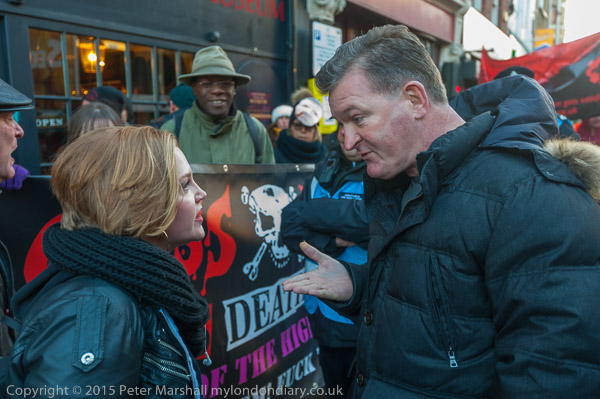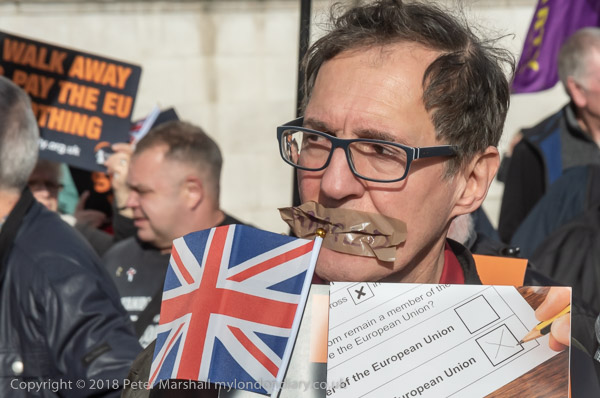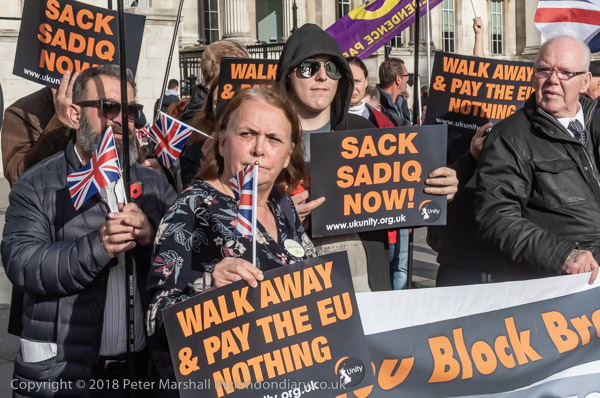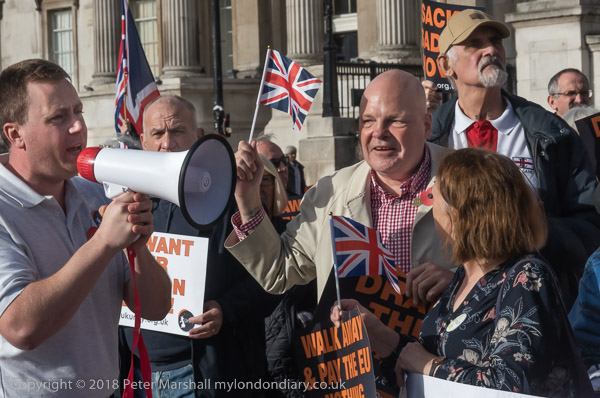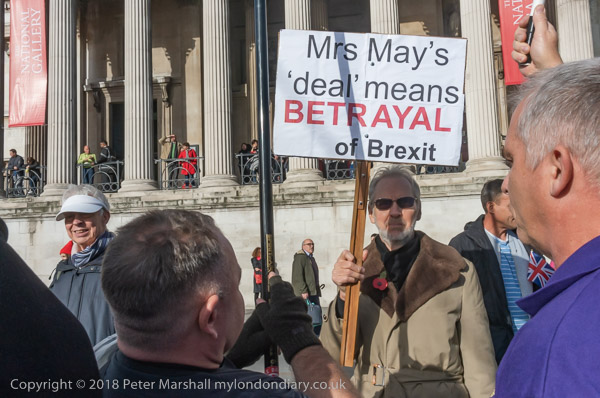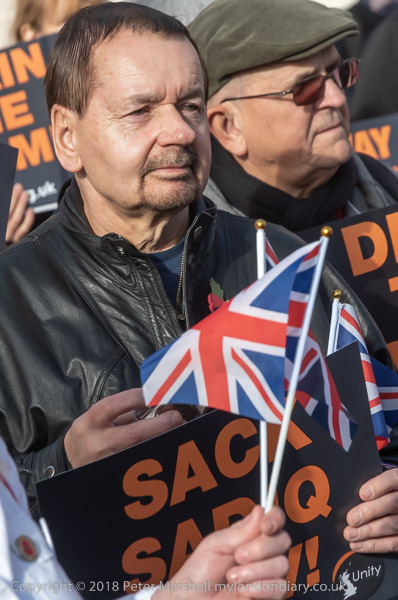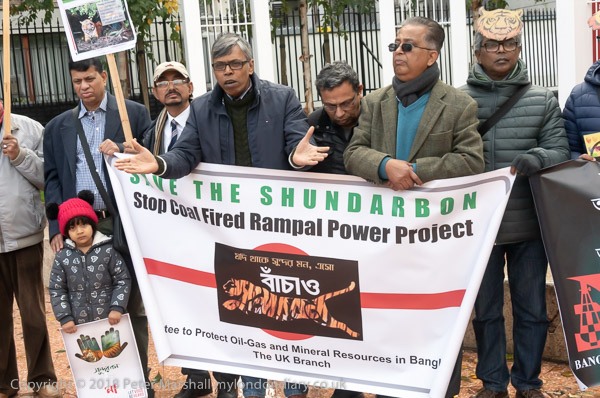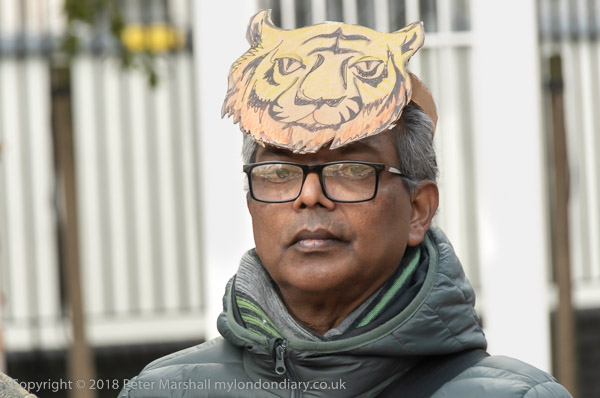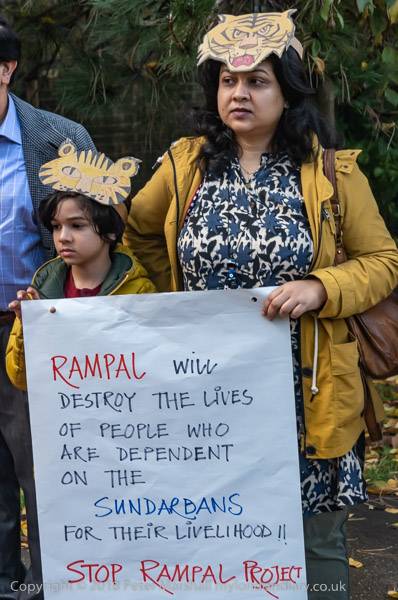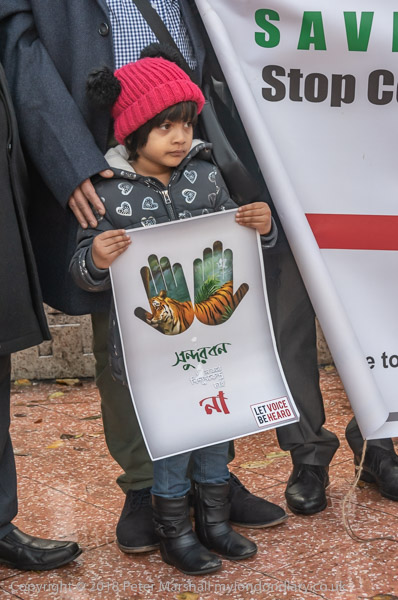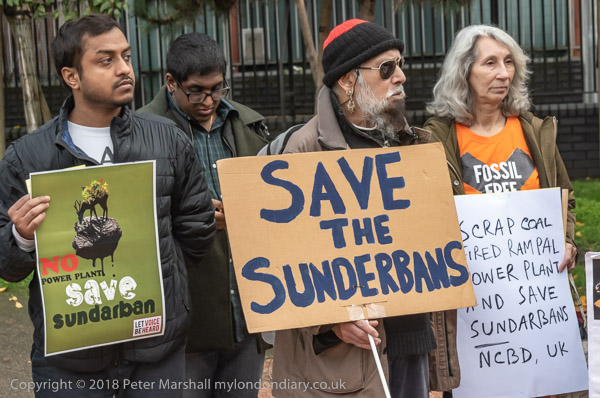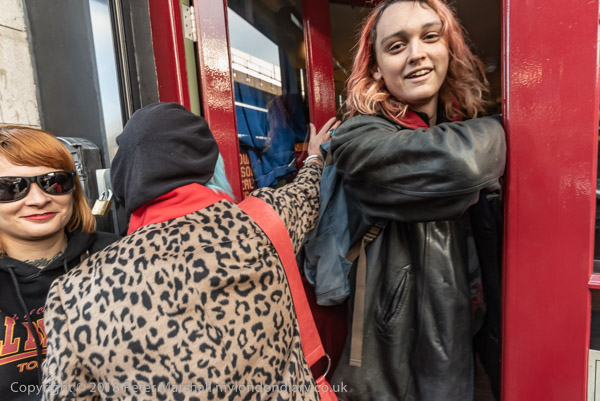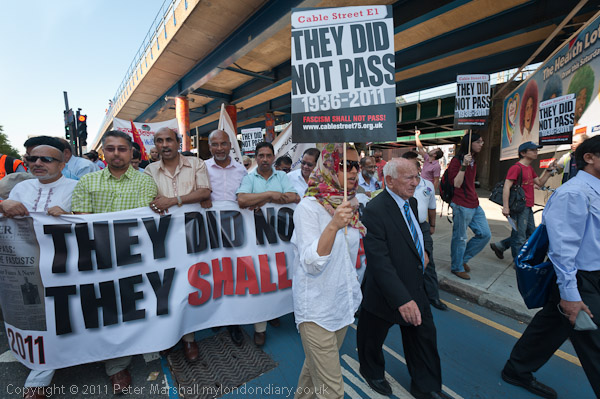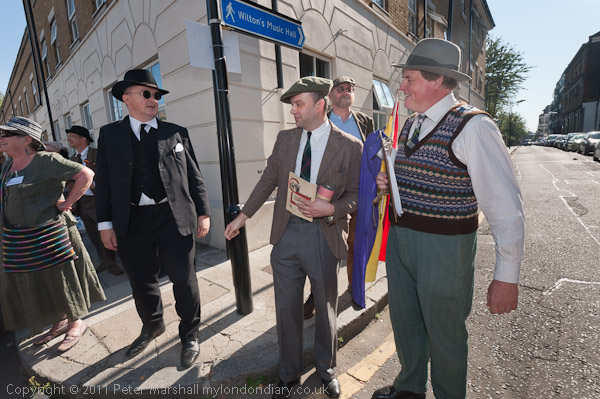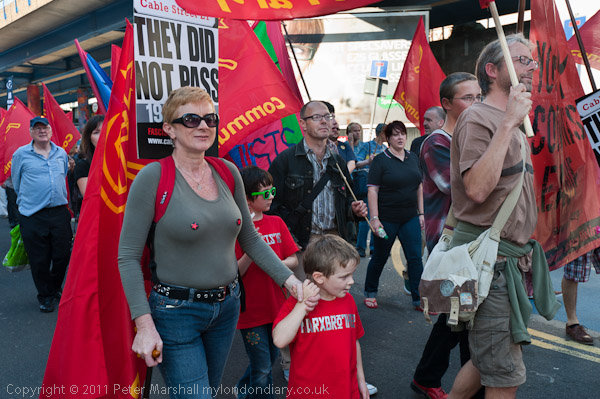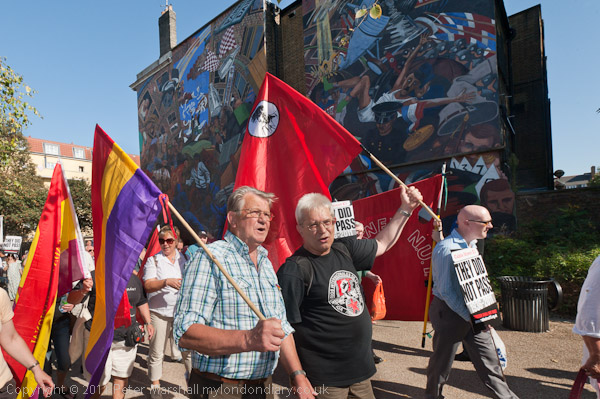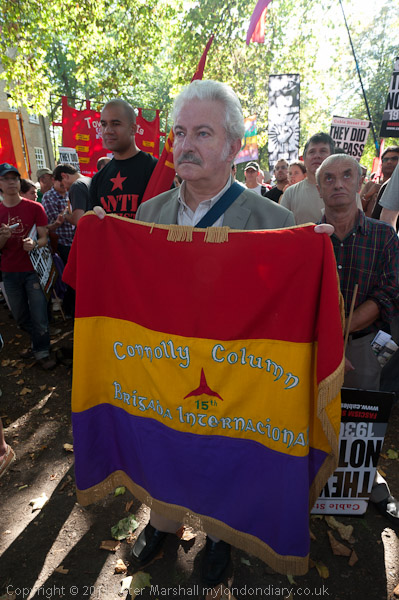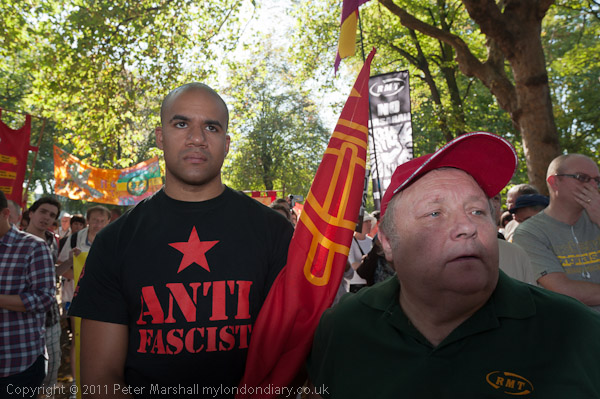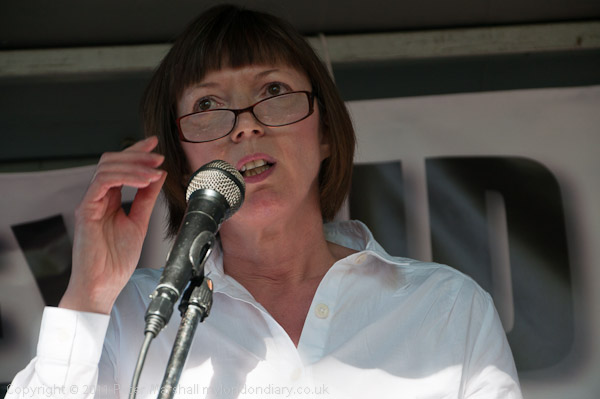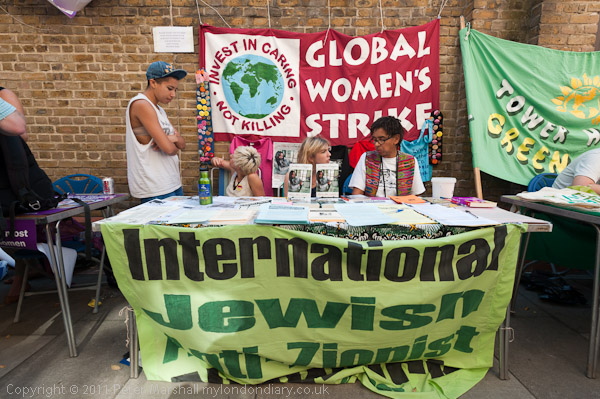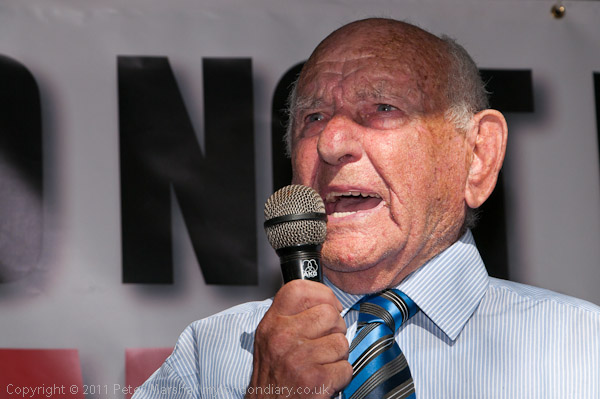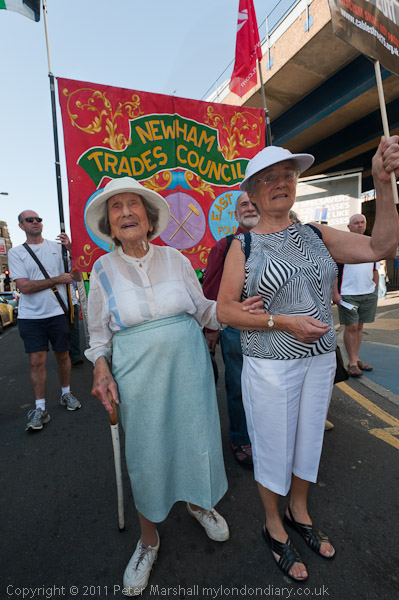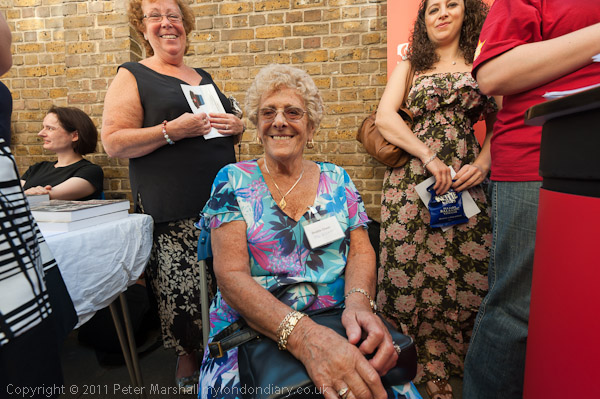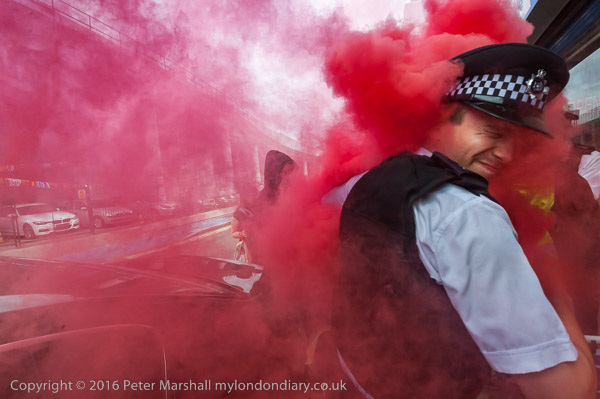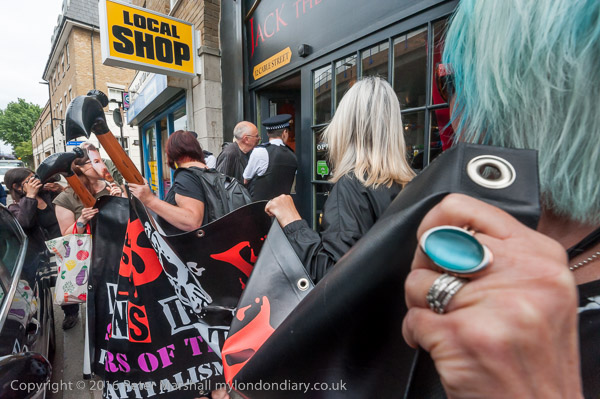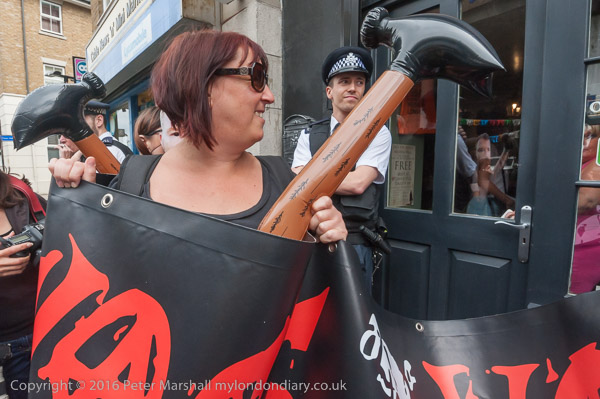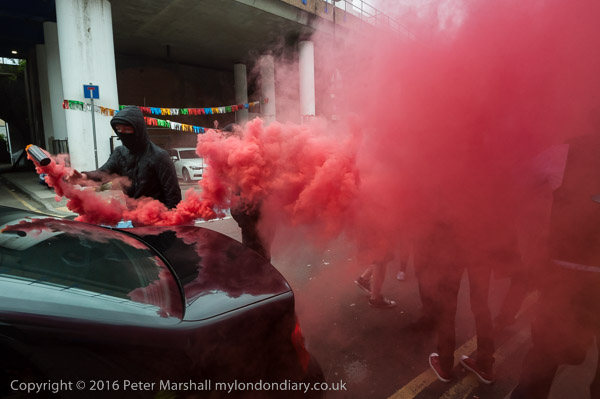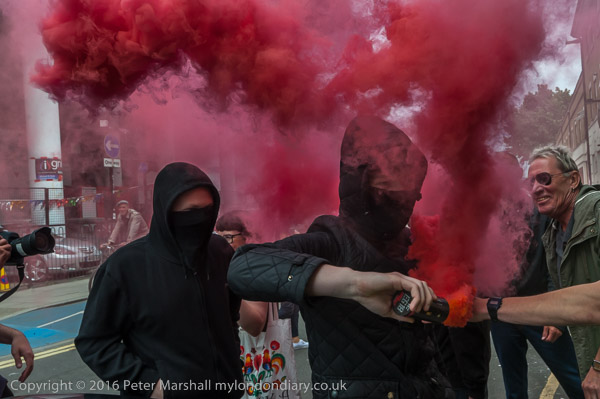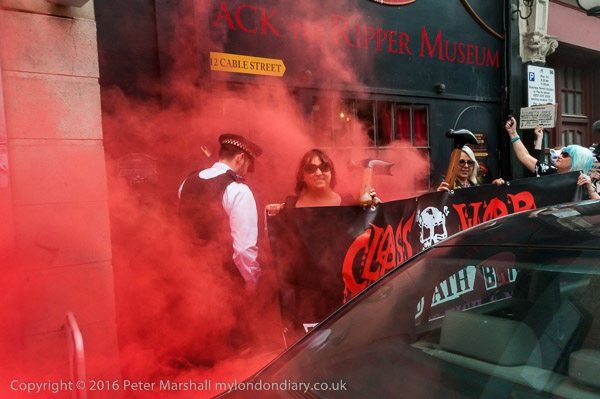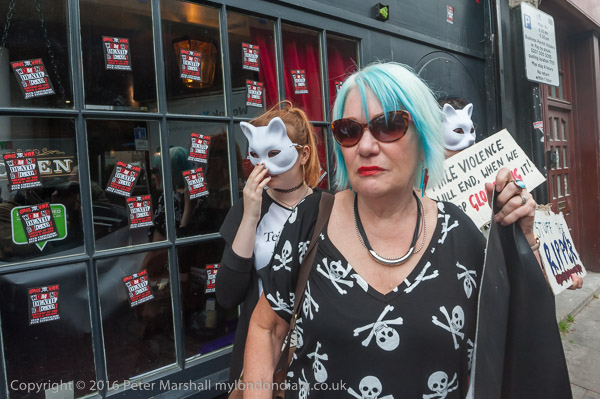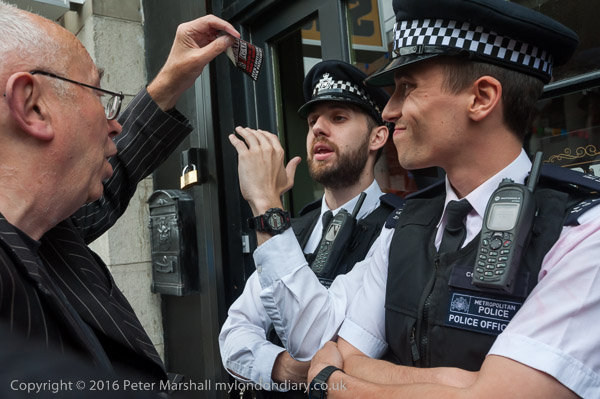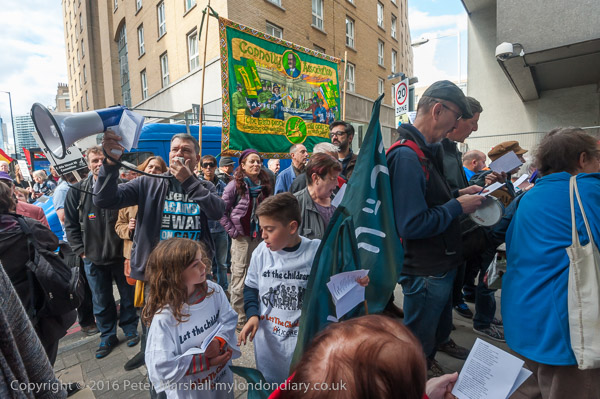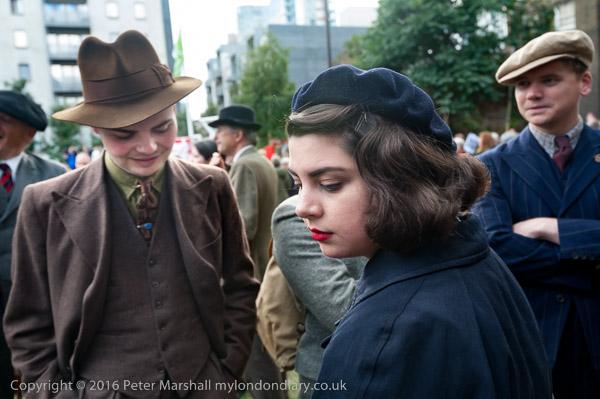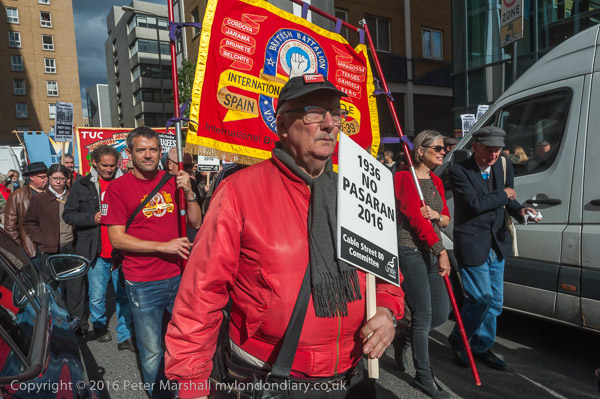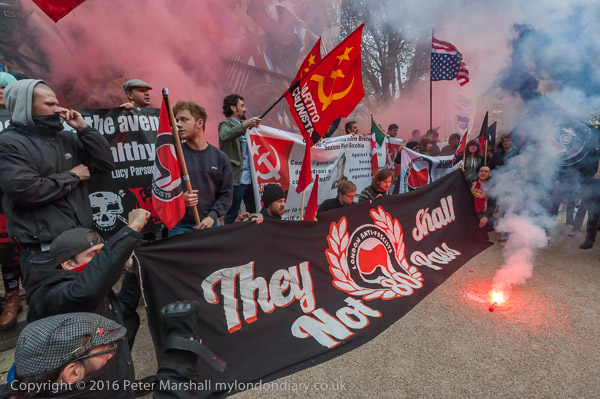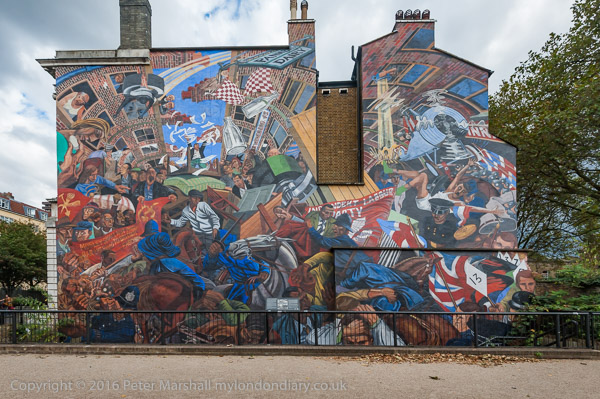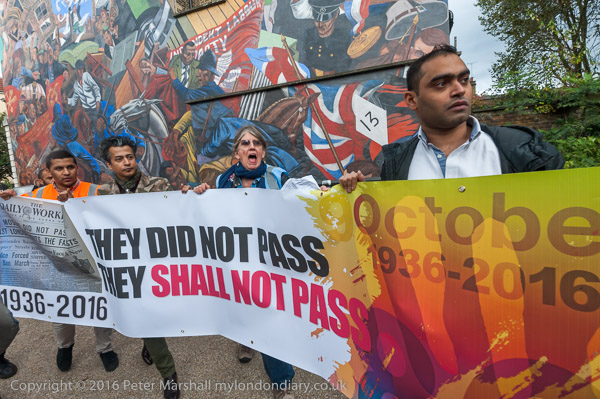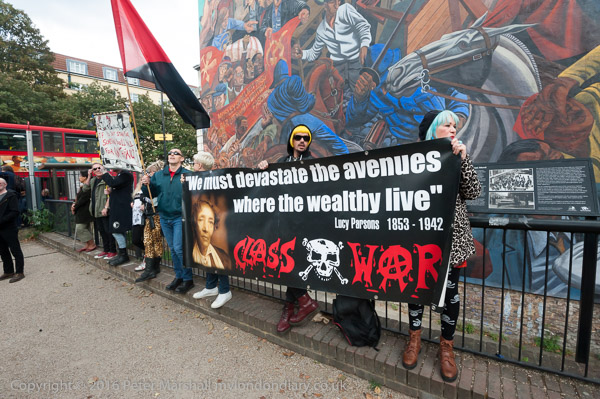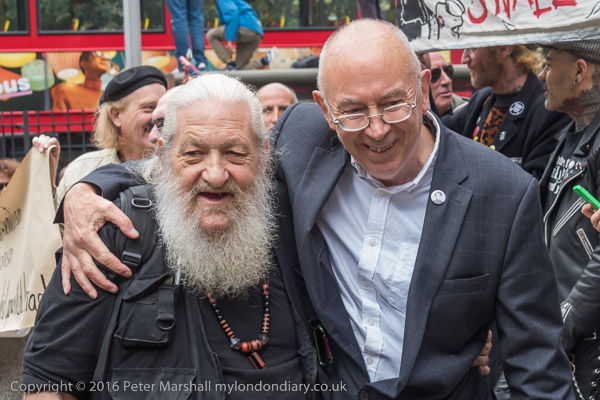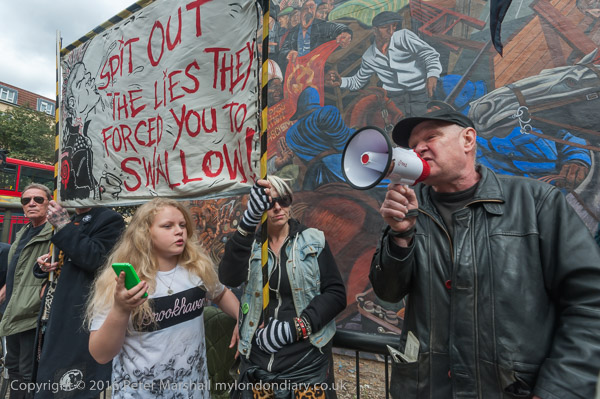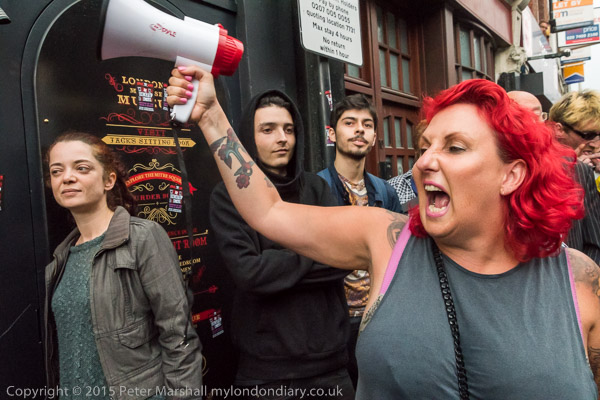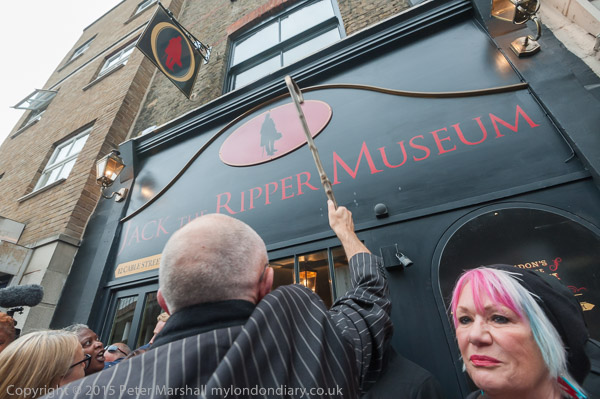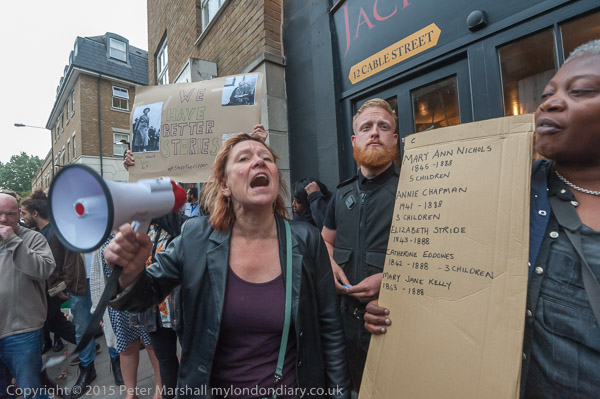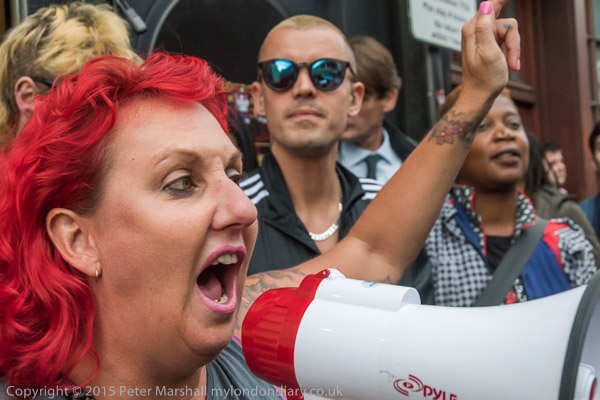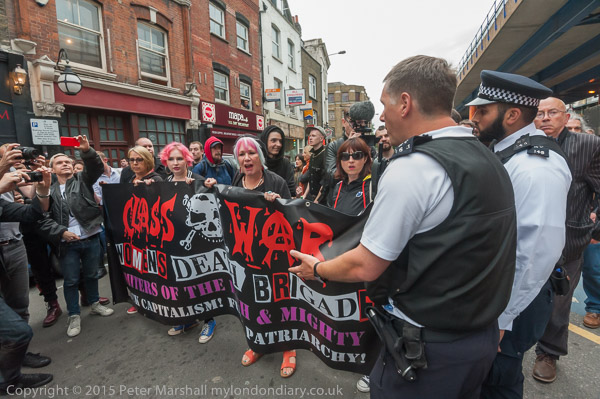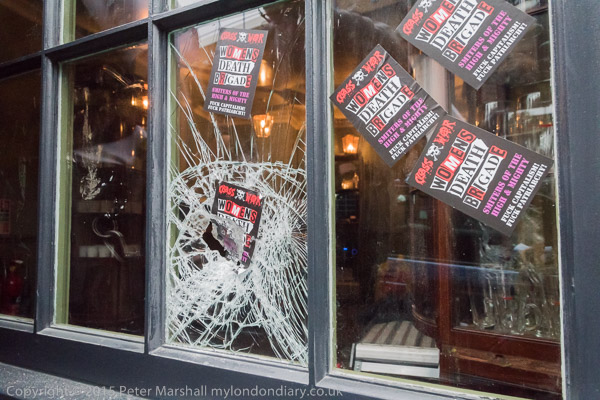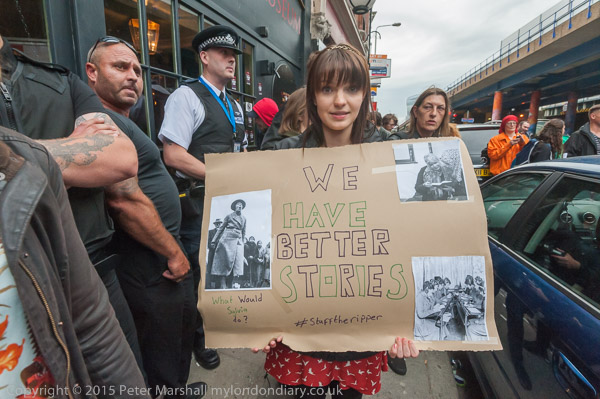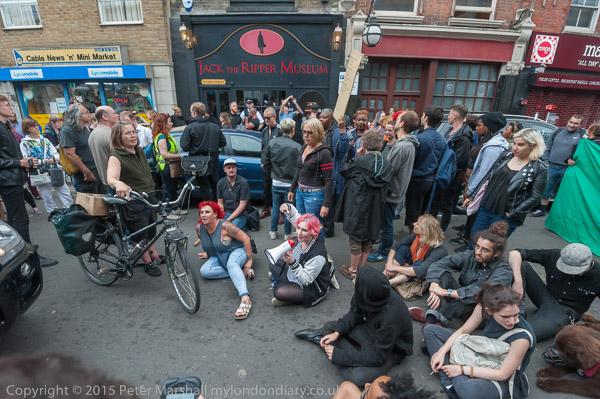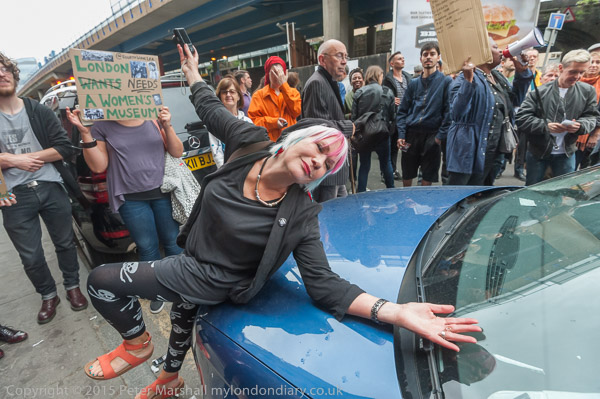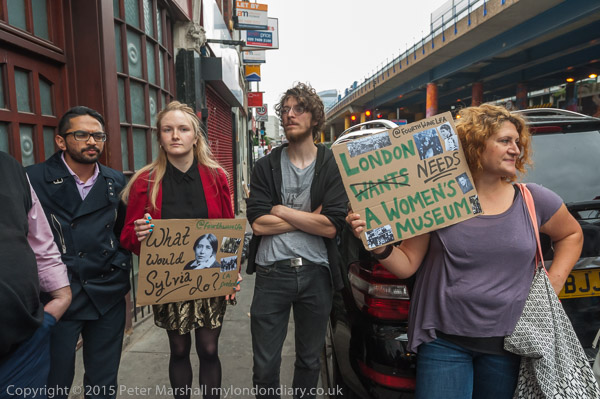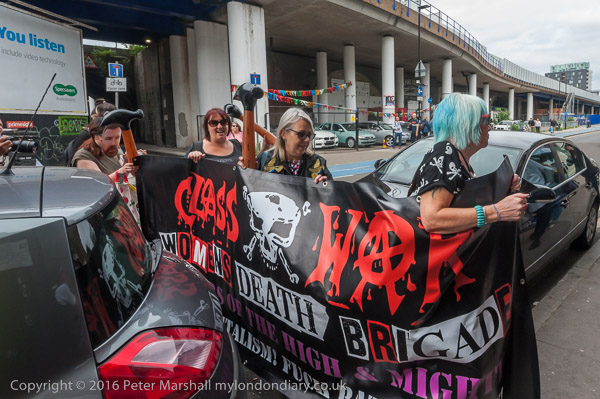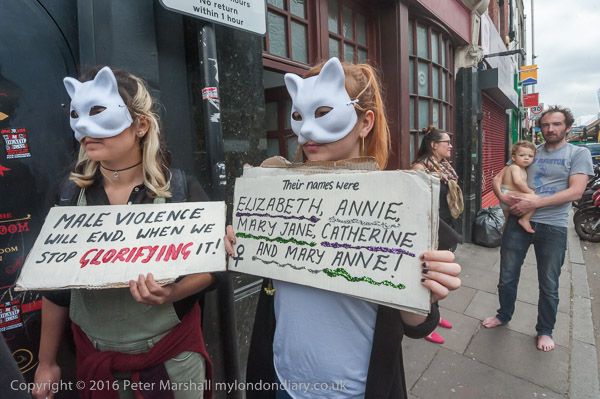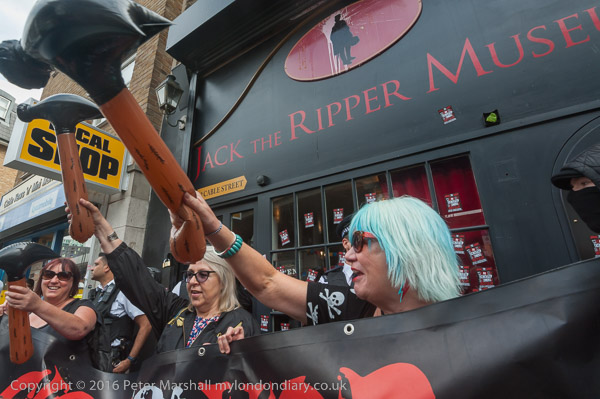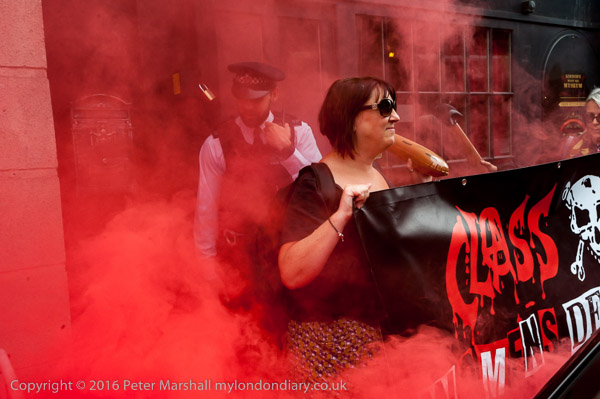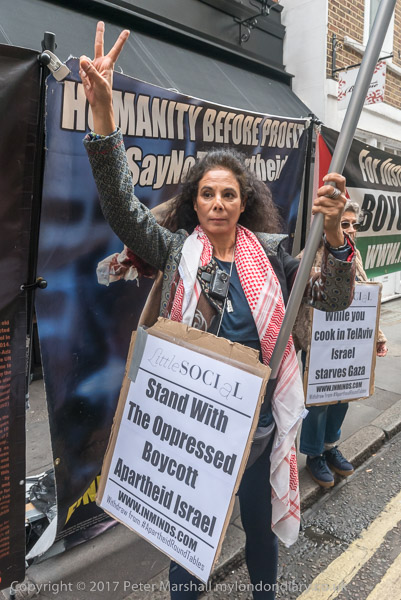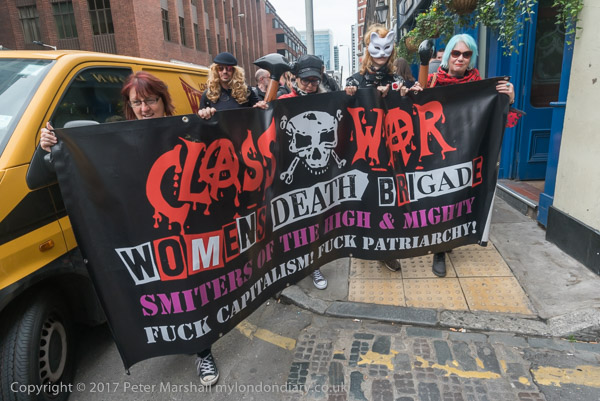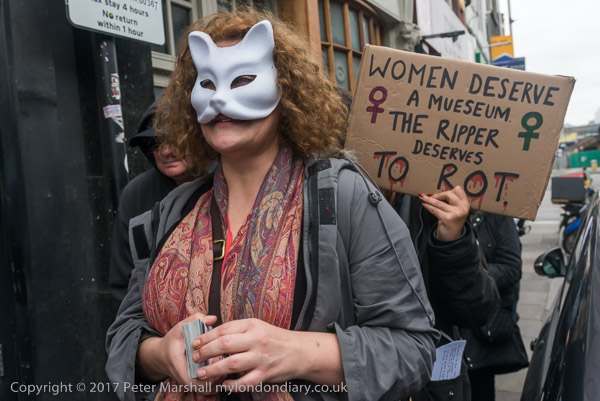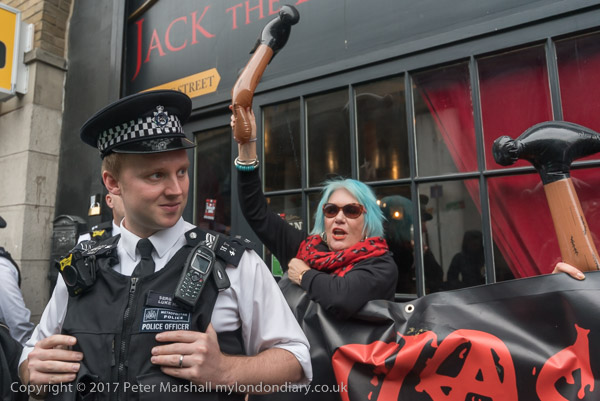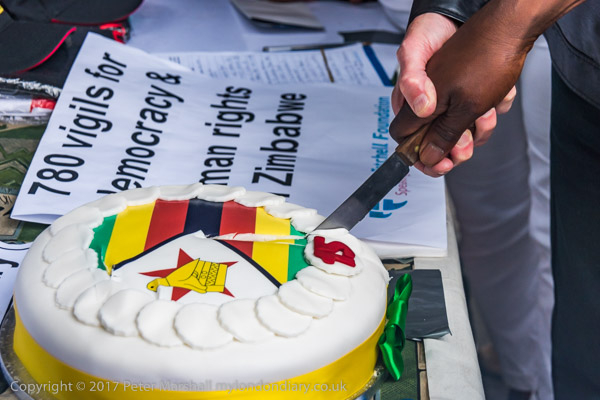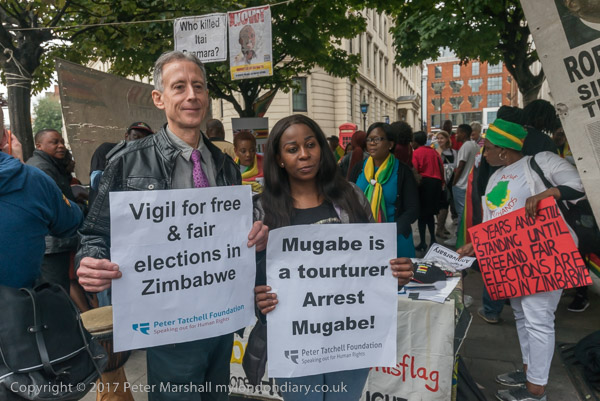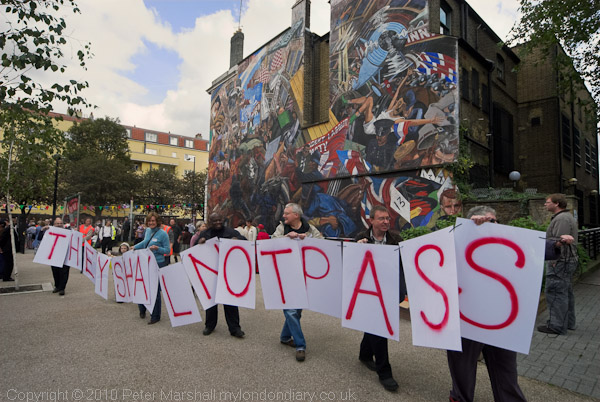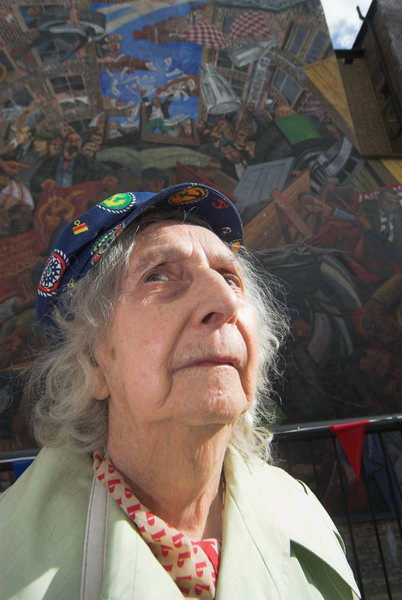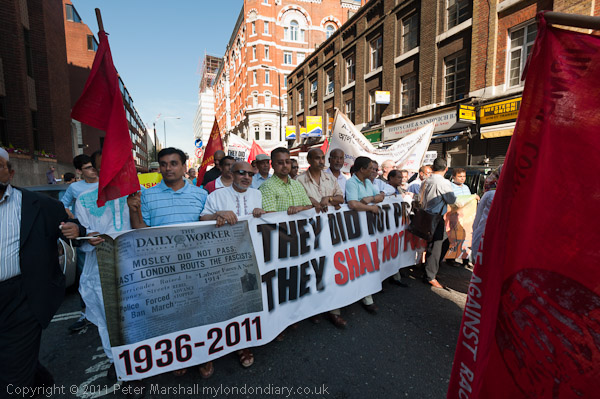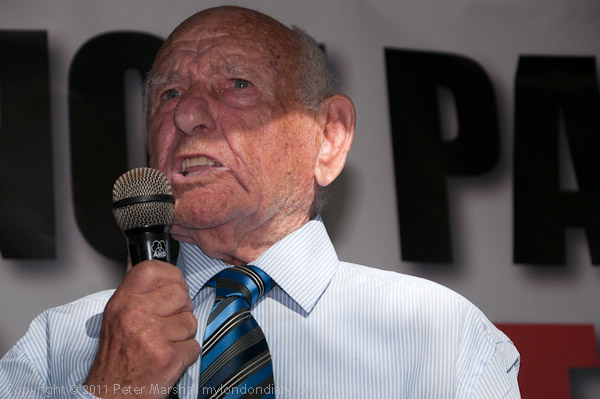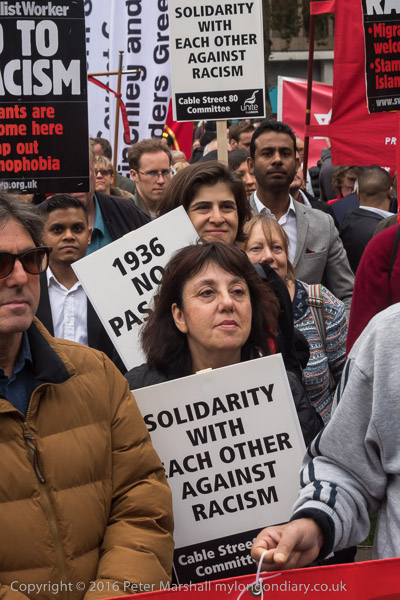Bloody Murder at Ripper ‘Museum‘: Another of the series of protests by Class War at the so-called museum glorifying the gory murders of working-class women took place on Saturday 5th December 2015.
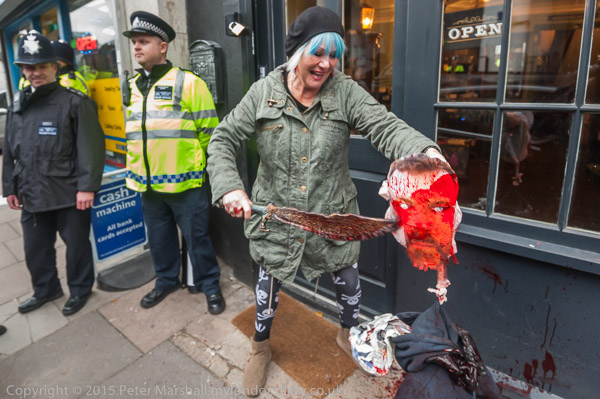
I photographed most if not all of the protests they organised in a campaign they kept up for some years, showing their disgust at this fake museum, which the owner, Mark Palmer-Edgecumbe got planning consent to open claiming it was to celebrate the powerful history of the women of London’s East end, not their bloody dismemberment by a homicidal maniac.

Class War were always interesting to photograph – and always fun to be with, as well as supporting important campaigns, particularly those around housing problems, bringing both a clear and informed anarchist perspective and a great deal of street theatre.

And their publications including the Class War magazine were always a good read, with often penetrating analysis as well as some distinctly black humour, truly black and red and read. You can see many earlier editions online at The Sparrow’s Nest.
Ian Bone’s autobiography, Bash the Rich: True Life Confessions of an Anarchist in the UK is certainly an interesting read and the 1991 Class War: A Decade of Disorder he edited comes with the ‘Publishers’ Warning! This book contains explicit language and illustration which may offend yuppies, police officers, members of the royal family and people who think the world can be changed by holding hands and singing “We shall overcome.” ‘

As I wrote back in 2015, “Class War re-enacted a murder outside the Jack the Ripper tourist attraction, women hacking and decapitating a dummy wearing the mask of owner Mark Palmer-Edgecumbe with a plastic scimitar and liberally spattering fake blood as others played kazoos“

and on my trousers as I took the picture – it washed out easily
Class War is more of a loose association of like-minded people than an organisation and its actions often gain support from many others, including on this occasion and others fourth-wave feminists.
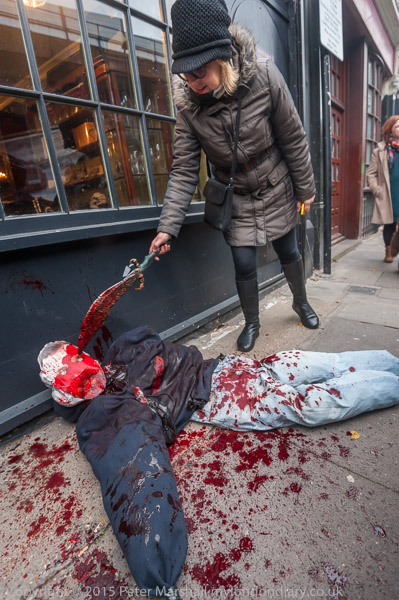
After Jane others took their turn in attacking the dummy which proved remarkably resistant to the plastic scimitar, but finally Jane could triumphantly display the bloody severed head of Palmer-Edgecumbe,
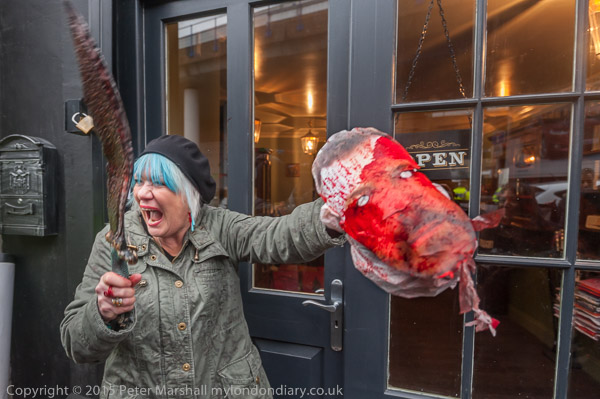
and others came to kick its body.
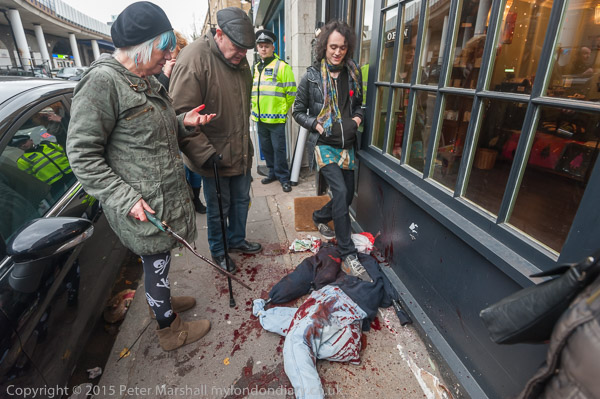
Women showed their bloody hands,
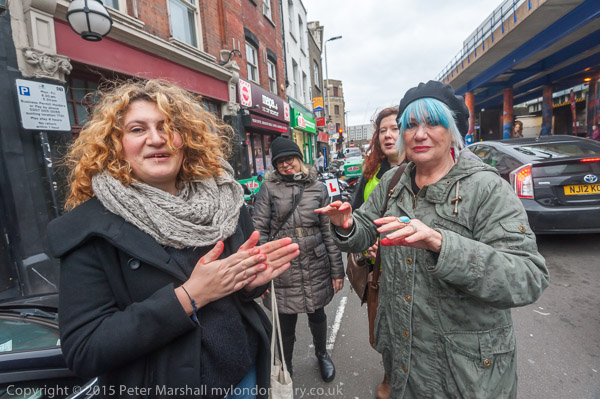
and Ian Bone came carrying the rolled-up banner and his walking stick to inspect the corpse.
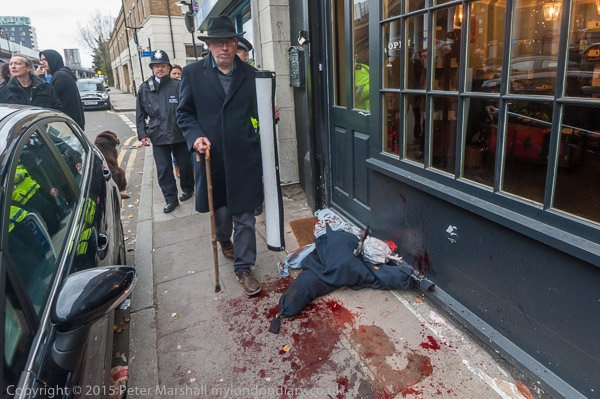
Police wanted Class Wat to remove the Palmer-Edgecumbe ‘guy’ but they declined, saying they were donating it to the museum as one of the few genuine exhibits for their display. Police followed Class War as they walked away to the pub, and it seemed for a moment they might make and arrest – perhaps for littering – but they thought better of it and walked back to guard the shop. They were still there when I left the pub around an hour later.
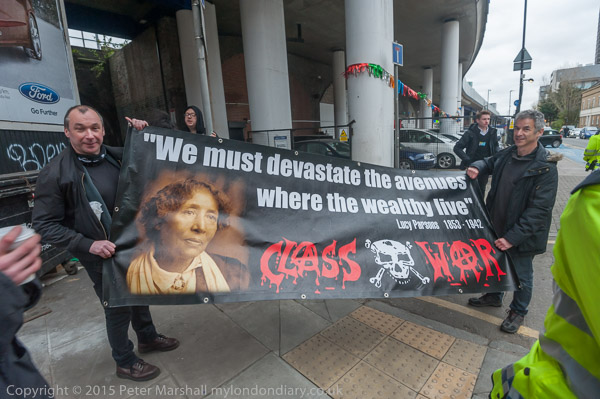
Ten years later the tacky tourist attraction remains open, though my conclusion to this protest had hoped for a different conclusion:
“Thanks at least in part to Class War’s publicity and vigorous protests over around five months others have taken up the fight against the so-called museum, and the fight to get a real museum celebrating the powerful history of the women of London’s East End. It’s a rich heritage with powerful and colourful figures in which the bloody murders by the Ripper are only an insignificant and entirely negative episode. Perhaps it’s now time for others to take up a long-term if probably lower-key campaign here and continue it until this bloody blot on our heritage is closed down.“
More of my thoughts about the ‘museum’ and about the protest – with many more pictures – on My London Diary at Bloody Murder at Ripper ‘museum’.
Flickr – Facebook – My London Diary – Hull Photos – Lea Valley – Paris
London’s Industrial Heritage – London Photos
All photographs on this page are copyright © Peter Marshall.
Contact me to buy prints or licence to reproduce.
